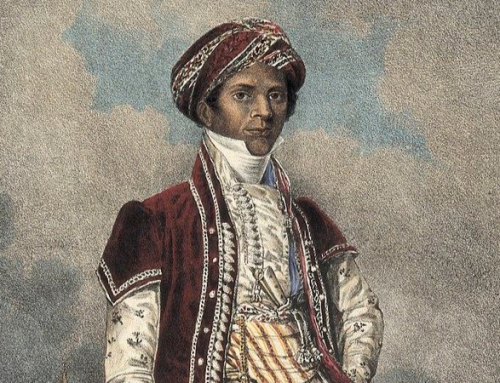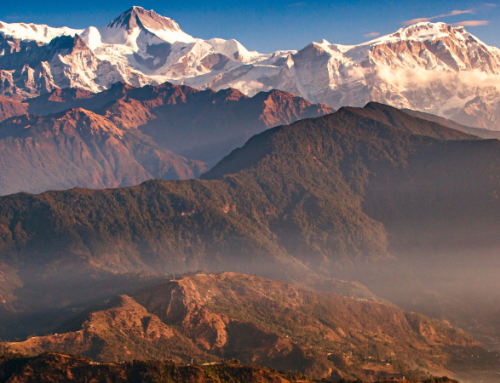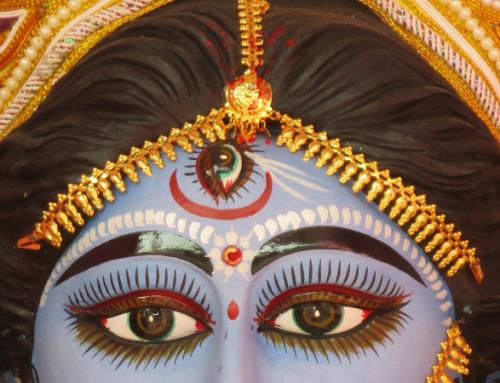Greetings on Mahasivaratri!
From a young age my mentor Vimalananda was a fire-worshiper. While a sadhu he would sit at his dhuni all night long, but when I knew him he would commune with agni (fire) via the more structured ritual known as havana, or homa, words derived from the Sanskrit root hu, meaning to sacrifice, to offer oblations. He always maintained that homa could be done by most anyone at most anytime, but that there were four nights during the year when homa is particularly worthwhile. Two of these come during the year’s latter half: Moha Ratri, Krishna’s birth night, the eighth tithi (lunar day) of the dark half of the lunar month of Shravana (which usually falls in August); and Kala Ratri, the night just before Dipavali (Diwali), which is the new moon of the lunar month of Ashvin (which occurs in October or November).
The other two nights fall half a year earlier, during February and March: Maha Ratri, or Mahasivaratri, the night before the new moon during the lunar month of Magha, and Krura Ratri, or Holi, which is the next full moon after Mahasivaratri. In 2016 Mahasivaratri falls tonight, March 7, and Holi will happen, as usual, 15 nights later, on March 22. Noteworthy this year is that both celebrations will be marked by eclipses: a total eclipse of the sun the day after Mahasivaratri, and a penumbral eclipse of the moon on Holi.
Vimalananda avowed that eclipses are excellent moments for performing sadhana. In his words, “If you do one hundred repetitions of your mantra during an eclipse it is like doing one hundred thousand repetitions on an ordinary day. If you offer one oblation into the fire it is like a thousand oblations. And nothing beats this time for offering prayers and performing rites for your deceased ancestors.” He felt strongly that eclipses even when invisible in your locality will still produce a similar, if somewhat weaker, effect.
Performing homa is a straightforward procedure, if rather complex; if you are unfamiliar with it you can usefully perform a simpler ritual. For example, you can do trataka on a ghee lamp or a candle, and make offerings mentally into that tiny flame. And you can designate your offerings to go to Siva or Visnu, Ganesha or the Goddess, Jesus or Buddha, or the Supreme Unimanifest Itself; as purohita, the priest who transmits your oblation to its desired recipient, agni delivers to anyone anywhere.
Om Namah Sivaya!
Photo by Arjun Mahajan


